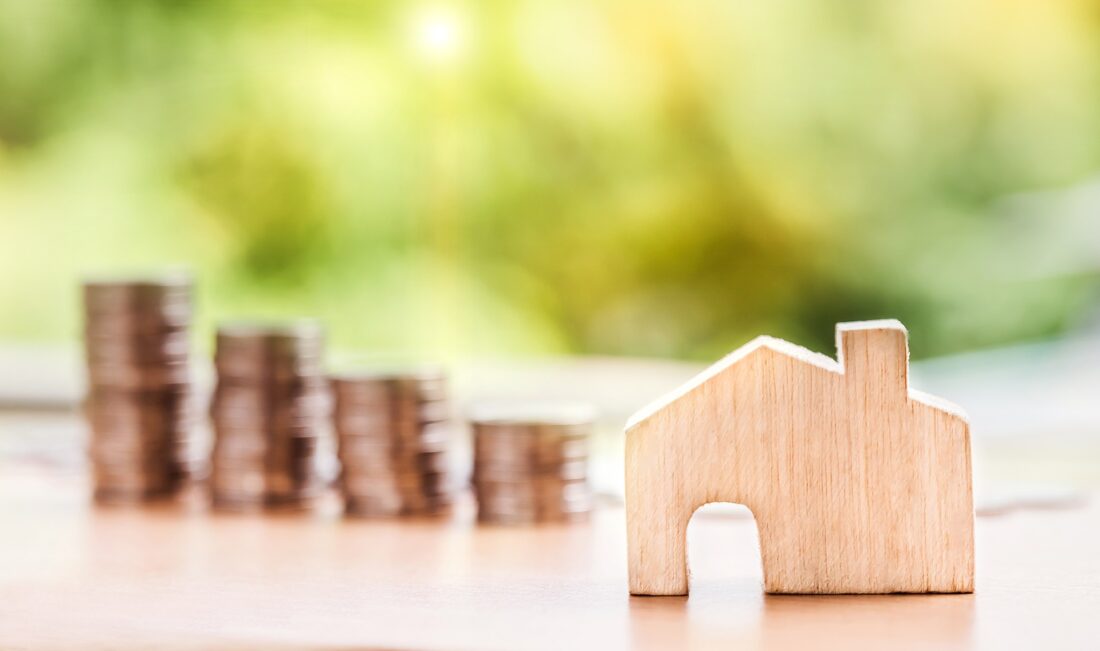When it comes to building a fence or a timber deck in your backyard, one of the best choices for most people is Cypress pine timber. There are many benefits to the use of this knotty timber choice which is what we are going to take a look into today. More and more people are looking to use this in their yards and gardens for both summer and winter fun, and a deck is the best way to do just that. If you are planning on a deck build then here is all you need to know about this particular type of timber.
Timber Facts
Cypress pine timber is a species of pine which is found growing in Australia’s eastern states. Mainly we see this growing in NSW and towards the south of Queensland. Whilst this can be used indoors for floors and panelling, it is a solid choice which can also be used outside the home.
Cypress Pine Uses In The Garden
Within the garden cypress timber must be heavily treated so that it can continue to look good and so that it can avoid any damage which the elements may cause. This is a popular timber choice for those looking to build decking and fencing. Beyond this we often see cypress used for edging and garden pathways.
Benefits of Cypress Pine
One of the clearest benefits of using Cypress pine timber is that it is domestically sourced and that ensures that you are buying a timber choice which is environmentally friendly and low cost. The color is another wonderful feature of this pine, which ranges from natural creams to golden brown tones. Owing to the range of knots and unique patterns, each cut of this timber offers a different look from the next, perfect for the likes of fencing and decking. This is a sturdy timber which holds nails very well, and it is also termite resistant. All told this is a reasonably priced, beautiful-looking and durable timber option.
Downsides To This Timber Choice
There are some downsides to using Cypress timber, mainly that you have to put some work in so that it maintains its great look and quality. Because of the fact that there are so many knots in the timber, there is a level of movement over time which you can expect. These knots also hold a great amount of liquid which is why you must ensure that you give an even spread when you are coating with varnish or protective stain. Another potential drawback could be that some people are allergic to that strong pine smell which is given off. Most enjoy this smell once the timber is installed, but not everyone will agree with you —especially if they are allergic.
All told Cypress pine timber is a great option for your deck, easy to work with and robust enough to see you through the years. This is a timber which can be found easily throughout the country and this is yet again why it is so commonly used.

